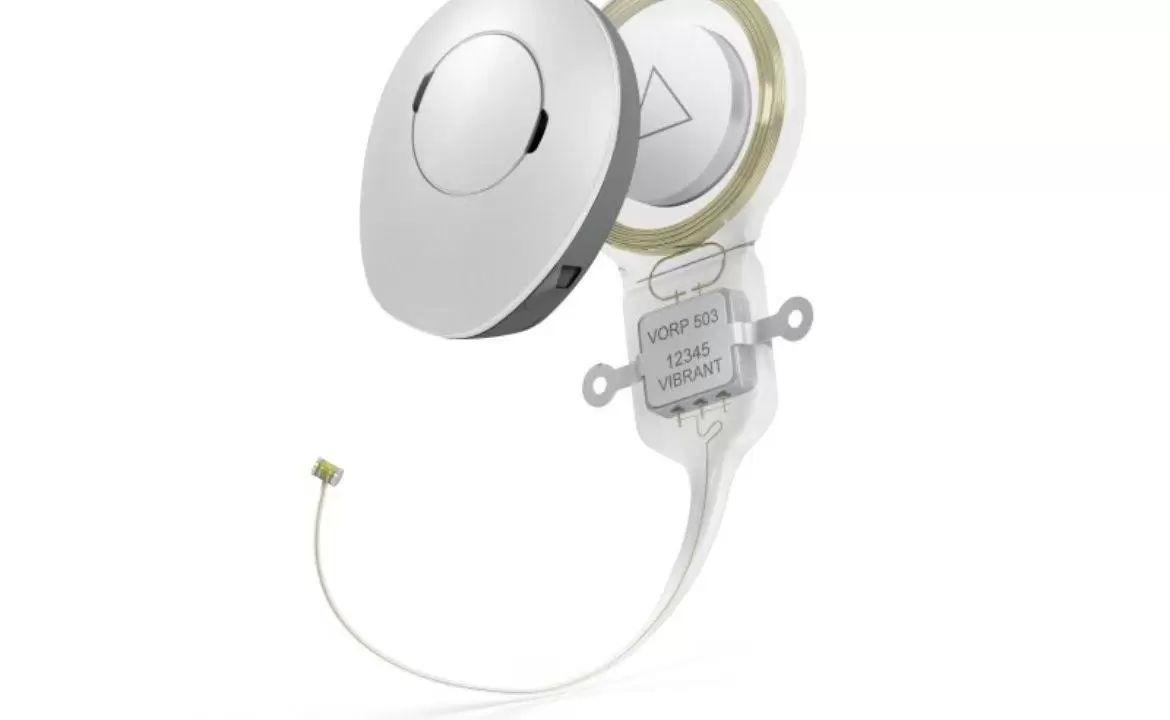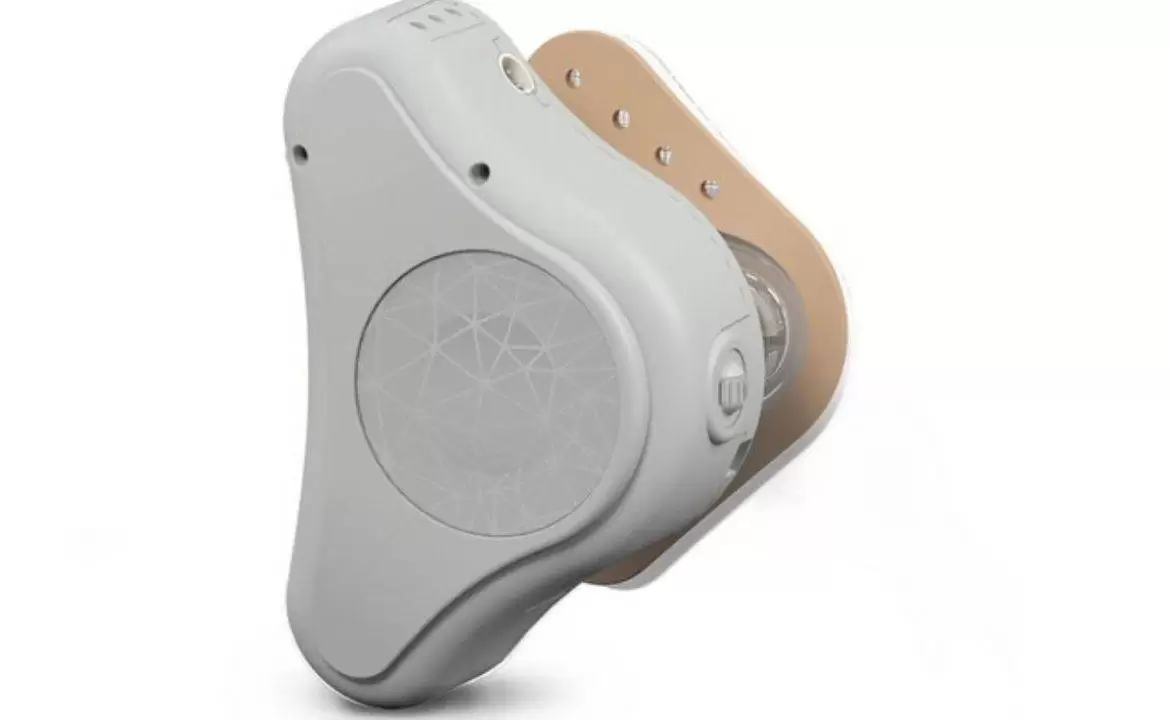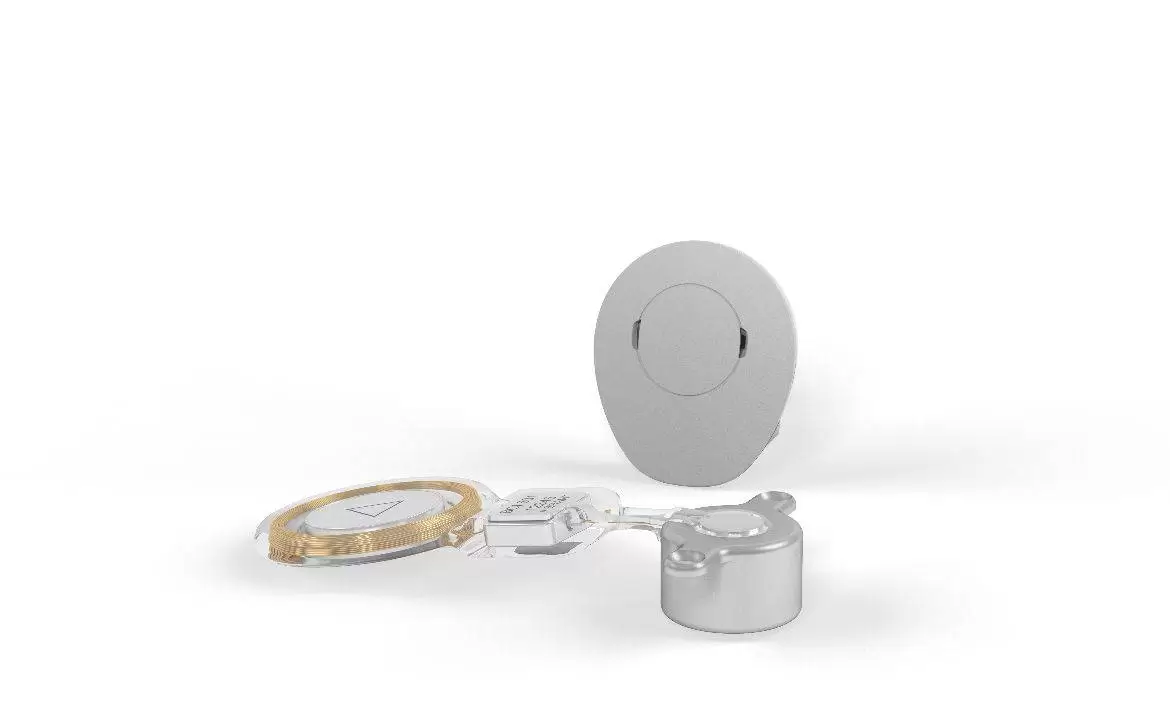Cochlear Implants
A cochlear implant (CI) system helps to restore the sense of hearing for individuals with severe-to-profound sensorineural hearing loss. For individuals with this type of hearing loss, hearing aids provide little or no benefit. A CI is the only medical device capable of replacing a sense. It works by bypassing non-functioning parts of the inner ear and providing electrical stimulation directly to nerve fibres in the cochlea. A CI system consists of two parts: an externally worn audio processor, which sits comfortably behind or off the ear, and an internal cochlear implant, which is surgically placed just under the skin.
The Best Option - The Right Audio Processor for You
Choose between the SONNET Behind-the-Ear Audio Processor and the RONDO 2 Single-Unit Processor. Both audio processors are powered by our proven Triformance technology for more natural hearing.
SONNET
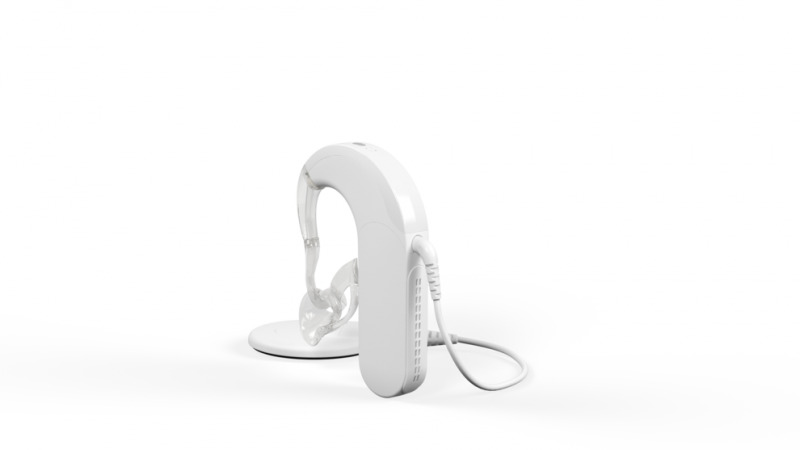
Behind-the-Ear Audio Processor
- Microphone Directionality
- Water-Resistant Design
- Wireless Connectivity
With dual microphone technology, SONNET features Automatic Sound Management 2.0 for hands-free control and effortless listening wherever you go. SONNET is water-resistant, tamperproof, and the ActiveWear option makes it the lightest and smallest audio processor for children.
RONDO 2
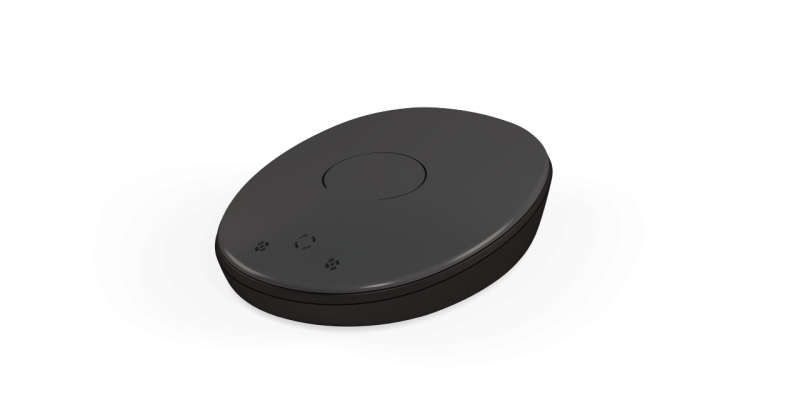
- Easy to use
- Charges wirelessly
- Compact, discreet design
It’s never been easier! RONDO 2 is the first cochlear implant audio processor with a fully integrated wirelessly rechargeable battery. For you this means no disposable batteries, just simple, hassle-free hearing. What's more, RONDO 2's off-the-ear design and compact size makes it easy to hide away under your hair.
Experience the fullest, richest range of sounds, perceive speech and music more naturally, and protect your hearing - all with Triformance.
To give you the most natural hearing possible, MED-EL cochlear implants are powered by Triformance, the combination of three key technologies: Complete Cochlear Coverage, FineHearing, and Structure Preservation.
Bilateral cochlear implantation is implantation on both sides, or the use of two cochlear implants. The advantages of hearing implants for the development of children with hearing loss have been demonstrated in numerous clinical studies.1,2,3 These studies show that some children receive unique benefits from bilateral cochlear implantation which may help them to develop listening skills, such as sound localisation, during the critical period of language acquisition.
Many parents report that after receiving a second implant, their children are better able to concentrate in school. Still others report that their children are better able to localise sound, i.e. identify from where a sound originates. Clinical study results support these conclusions. For example, communication behavior was shown to improve among children who received a second implant. These children demonstrated better understanding of spoken words, and significantly better understanding of speech in noise when using both implants.4 Additionally, bilaterally implanted children have demonstrated better listening skills in challenging listening situations.5
- Sharma, A., Dorman, M. F., Kral, A. (2005). The influence of a sensitivity period on central auditory development in children with unilateral and bilateral cochlear implants. Hearing Research, 203, 134-143.
- Sharma, A., Gilley, P., Martin, K., Roland, P., Bauer, P., Dorman, M. (2007). Simultaneous versus sequential bilateral implantation in young children: Effects on central auditory system development and plasticity. Audiological Medicine, 5(4), 218-223.
- Sharma, A., and Dorman, M. (2006). Central Auditory Development in Children with Cochlear Implants: Clinical Implications. Advances in Otorhinolaryngology. Vol 64. Basel: Karger pp 66-88.
- Kühn-Inacker, H., Shehata-Dieler, W., Müller, J., Helms, J. (2004). Bilateral cochlear implants: a way to optimize auditory perception abilities in deaf children? International Journal of Pediatric Otorhinolaryngology, 68, 1257-1266.
- Litovsky, R., Johnstone, P., Godar, S., Agrawal, S., Parkinson, A., Peters, R., Lake, J. (2006). Bilateral cochlear implants in children: Localisation acuity measured with minimum audible angle. Ear and Hearing, 27, 43-59.
